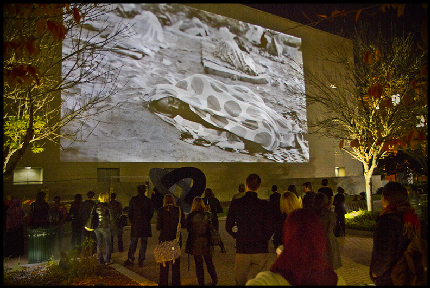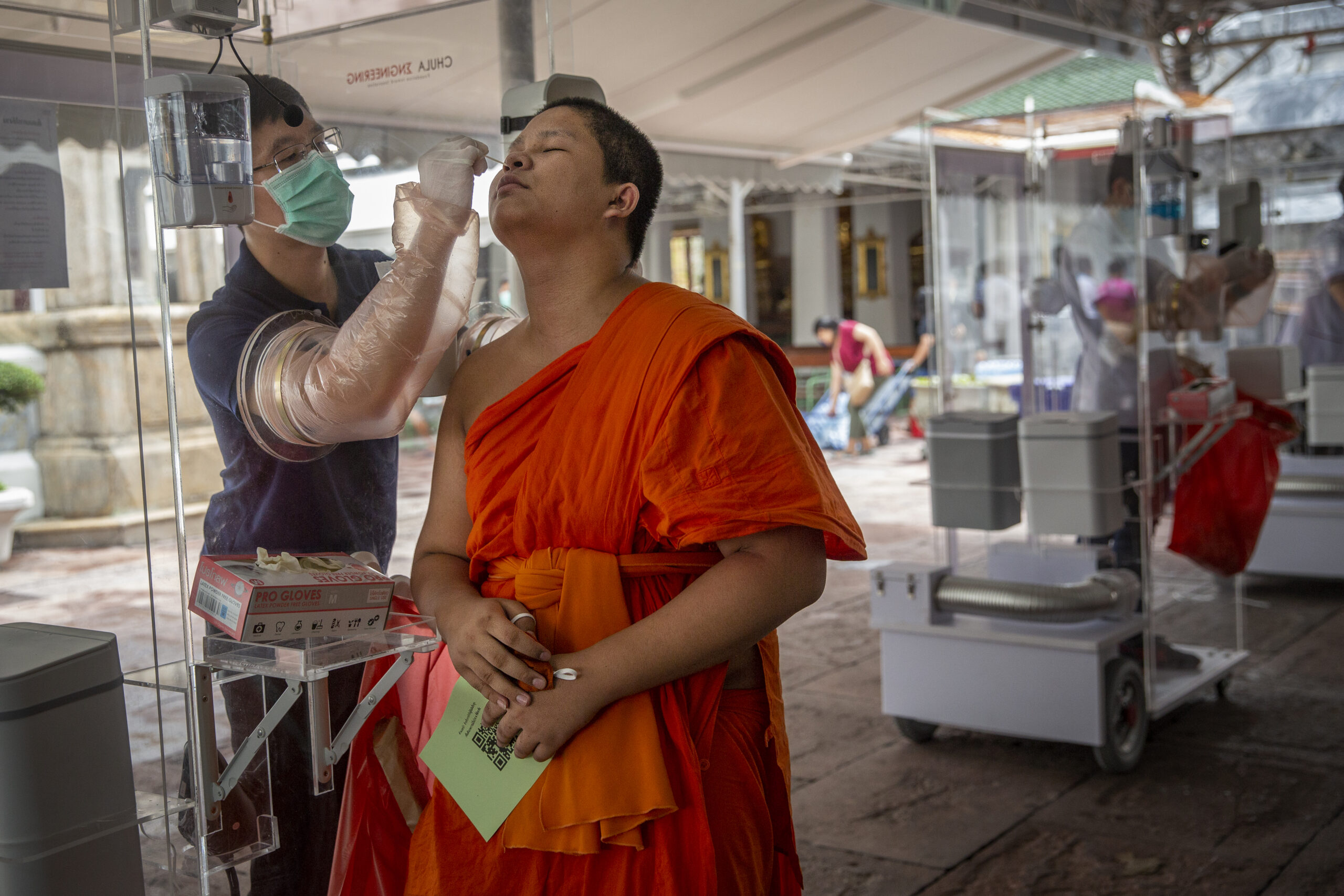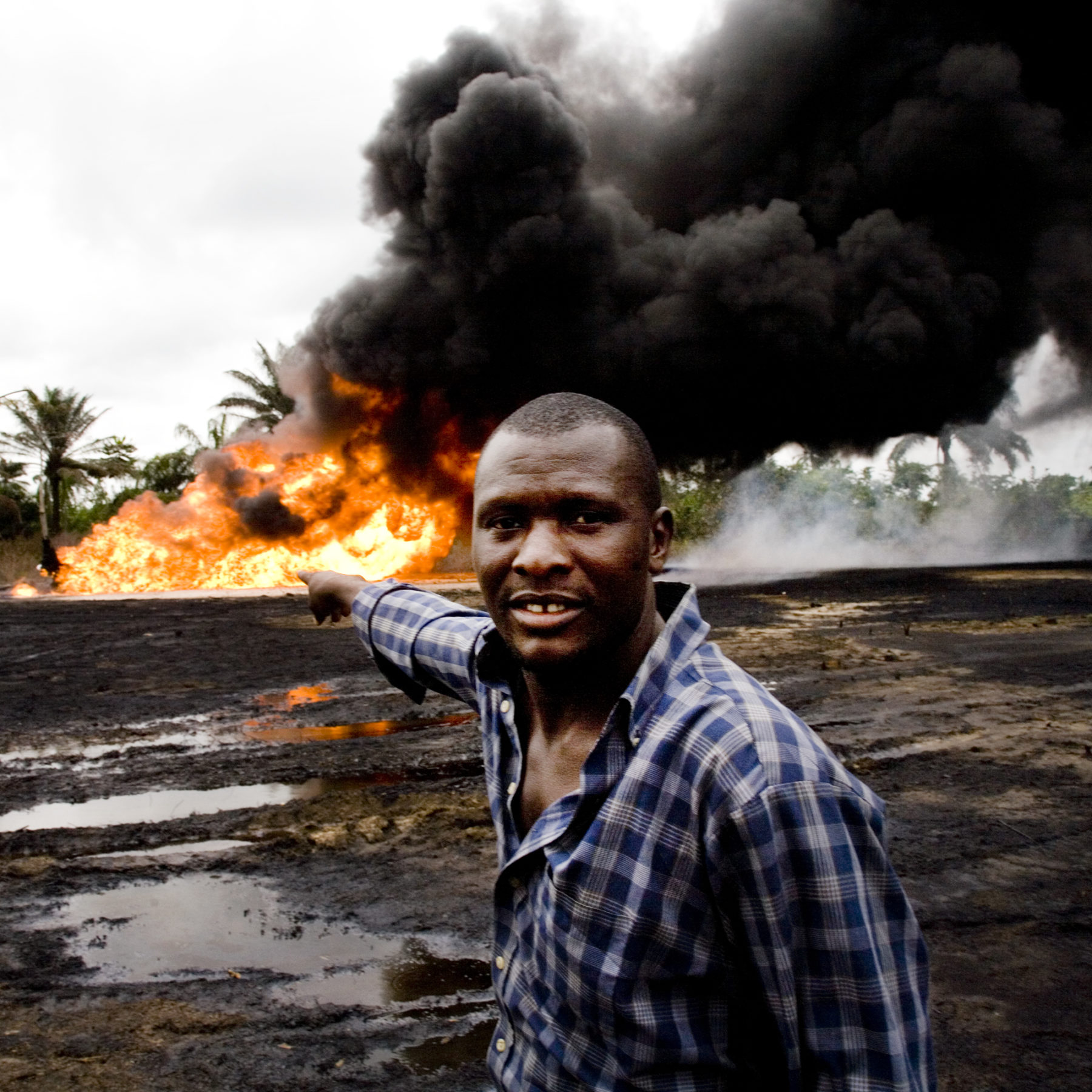Horn of Africa
About the Project
In July 2011, the United Nations officially declared famine and emergency conditions in Somalia. Tens of thousands of people are believed to have died as a result of the crisis and more than 13 million people are at risk in the Horn of Africa. The situation was further complicated by the presence of the Al-Shabaab organization in Somalia and the political unrest in the country. Many refugees fled Somalia to neighboring Kenya and Ethiopia and lived in over-crowded, unsanitary camps without the nutritional or medical attention they need. In October of 2011 rains arrived and relieved some of the drought, but brought with them the increased risk of waterborne disease as well as destroying many temporary shelters. Other countries in and around the Horn of Africa, including Djibouti, Sudan, South Sudan and parts of Uganda, were also affected.
Horn of Africa is an international, multi-media exhibition of projected images, words and music designed to shed light on the humanitarian crisis in eastern Africa and create a dialogue with the global community around solutions for the famine.
In 2022, the Horn of Africa is facing their sixth consecutive season of drought which is the worst crisis of this kind in over 40 years. Due to the lack of public attention and the widespread need for humanitarian aid, there is concern of a repeat in the magnitude and impact of the 2011 drought/famine. This exhibit, although illuminating the 2011 humanitarian crisis in the Horn of Africa, creates opportunities for dialogue around the current devastating drought in the region and how to prevent future food insecurity.
about the artists
Photographers
Musicians
- Composition by Ryan Cohan & Geof Bradfield
- Additional music by James Thomas Marsh
Directors
Public Programs
April 8, 2013
November 8, 2011
George Washington University
Special thanks to speakers John Prendergast, ENOUGH Project Co-Founder; Halima Barqadle, RN, BSN, Volunteer nurse with the American Refugee Committee; Ambassador David Shinn, The Elliott School of International Affairs, George Washington University.
horn of africa Video
Horn of Africa includes a 10-minute video documenting the crisis in Eastern Africa.
Horn of Africa video (10 min.)
bring this exhibit to you
All of our exhibitions are designed to tour and can be adapted to a broad spectrum of venue types and sizes.
We are happy to provide step-by-step support for hosting this exhibit.
Contact us to learn more about bringing this exhibit to your community.

Horn of Africa installation
resources & tools
News
In March 2023, the WHO and the UN have launched an appeal for $178 million in humanitarian assistance for the Horn of Africa as “129,000 who are facing catastrophe; and catastrophe, that means they are facing starvation and literally looking death in the eyes” according to WHO worker Liesbeth Aelbrecht.
The UN COP27 meeting in November 2022, brought increased attention to the drought in the Horn of Africa – especially the impact of climate change in the area and the lack of funding going to these countries
Stats
According to the WHO, as of March 2023:
- An estimated 1 million children in the Horn of Africa are severely malnourished
- 43.6 million people in the region are facing food insecurity
- More than 23.7 million people are currently facing daily problems in accessing water. Which increases their vulnerability to water-borne diseases.
UN OHCA Situation Report
The UN Office for the Coordination of Humanitarian Affairs provides more information of the situation in the Horn of Africa, including regional updates and ways to help.
support for this project
Partners
Boniface Mwangi’s work within this project was made possibly by the Magnum Foundation.
Funders
Horn of Africa is generously funded in part by Donald J. Vacarro.


